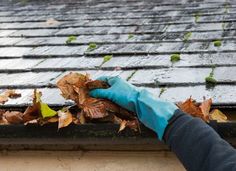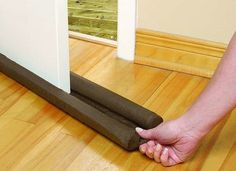Successes and failures in the garden this year. Let us start with the failures.
I grew Romanesco broccoli this year. It grows in a tight spiral pattern and has a mild flavor. The chefs like Gordan Ramsey and others use this in their recipes. The plant grew up to 3 feet tall and never put on a head (floret) until October. Then the cold came in and killed all 20 plants. Will not grow again.
Radishes failed again. It has been several years since I grew decent roots. Will grow the heat resistant variety Parat.
Watermelon did not mature well. I think this is because of the clay soil, better if I mixed in the sand. The yellow variety, Yellow Doll produced some melons.
Head lettuce did better than the leaf lettuce. That was mainly because deer got in and ate the tops of the leaf lettuce before I got the electric fence up. Will grow more head lettuce (Iceberg) started indoors.
Some rodents got into the beets this year and partially ate several larger beets. Did not see this until the damage was done. The little beast never went to anything else. Will grow again but watch better.
Weeds got wild in the melon/squash area where I could not step in and pull them up. Next year I will flop the garden and rotate tomatoes, peppers, and row crops where I can control the weeds better.
Successes were the okra. It always grows and seemly has no pest but a few grasshoppers. The green okra tasted better than the red podded okra and but produced less.
Cucumbers did wonderful this year especially the varieties Sweet Success and Sweet Slice. Both had fruits around a foot long without any bitterness.
Most of the muskmelons did well. The best was the green flesh variety Nutmeg. It produced so many, I lost track of ripening and lost a few.
Winter squash did well. The variety Kabocha (Japanese variety) had the best taste. The flesh is dry, no fibers, and sweet.
Summer squash, all varieties, produced into October. I did spray them with a fungicide to prevent powdery mildew usually harms the plants in August.
Peppers produced wildly. The variety of Cubaneno has a good spicy taste.
Success/failure were heirloom tomatoes vs hybrid tomatoes. The hybrid tomatoes like Celebrity produce more fruit. But I always go back to the heirloom tomatoes like Brandywine for a richer tomato taste that the newer varieties seem to have lost. Heirlooms produce less fruit and tend to be more disease tender.
Best success: use of red plastic mulch for tomatoes and peppers. Where I had this film, the peppers grew twice as big with a lot more fruit.





